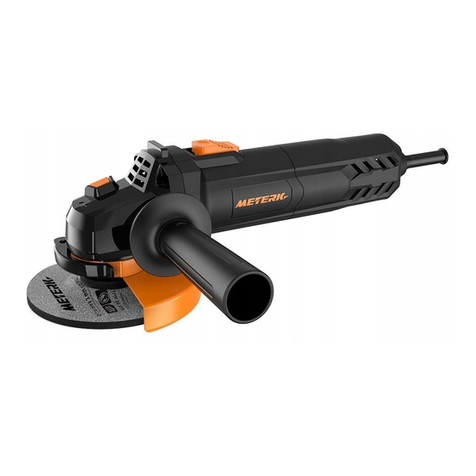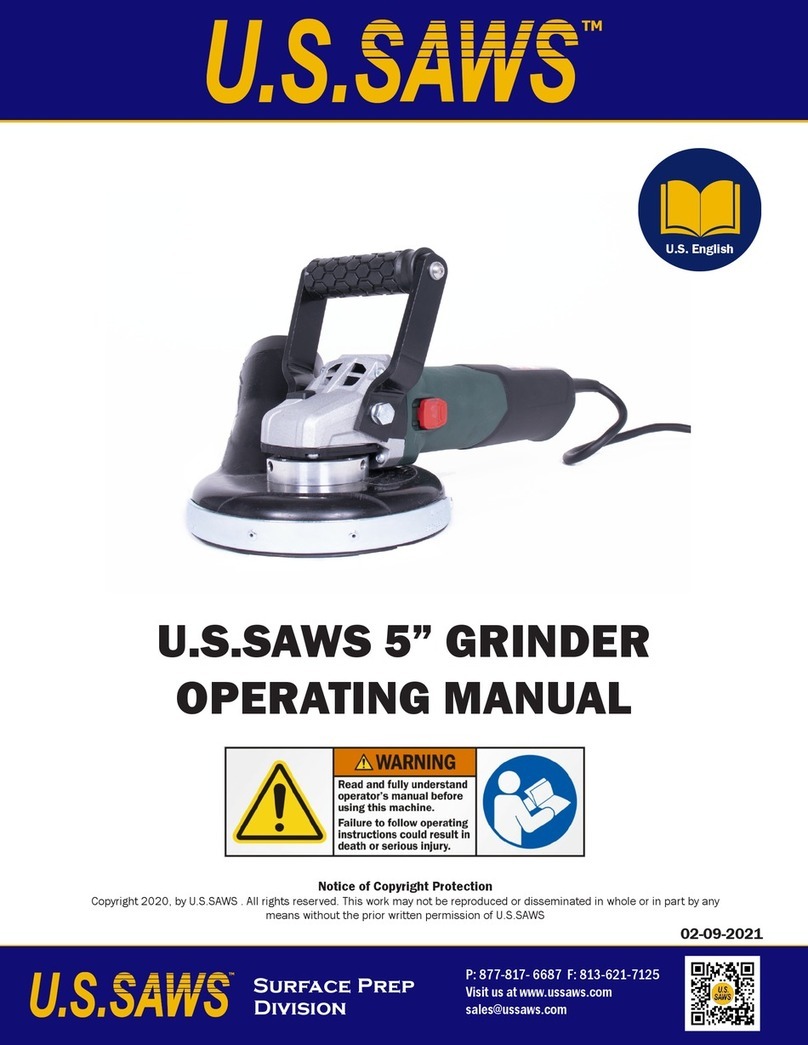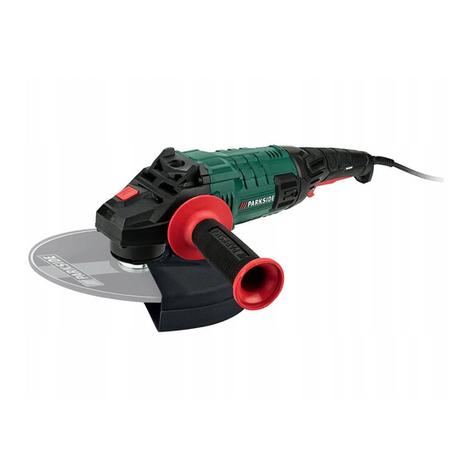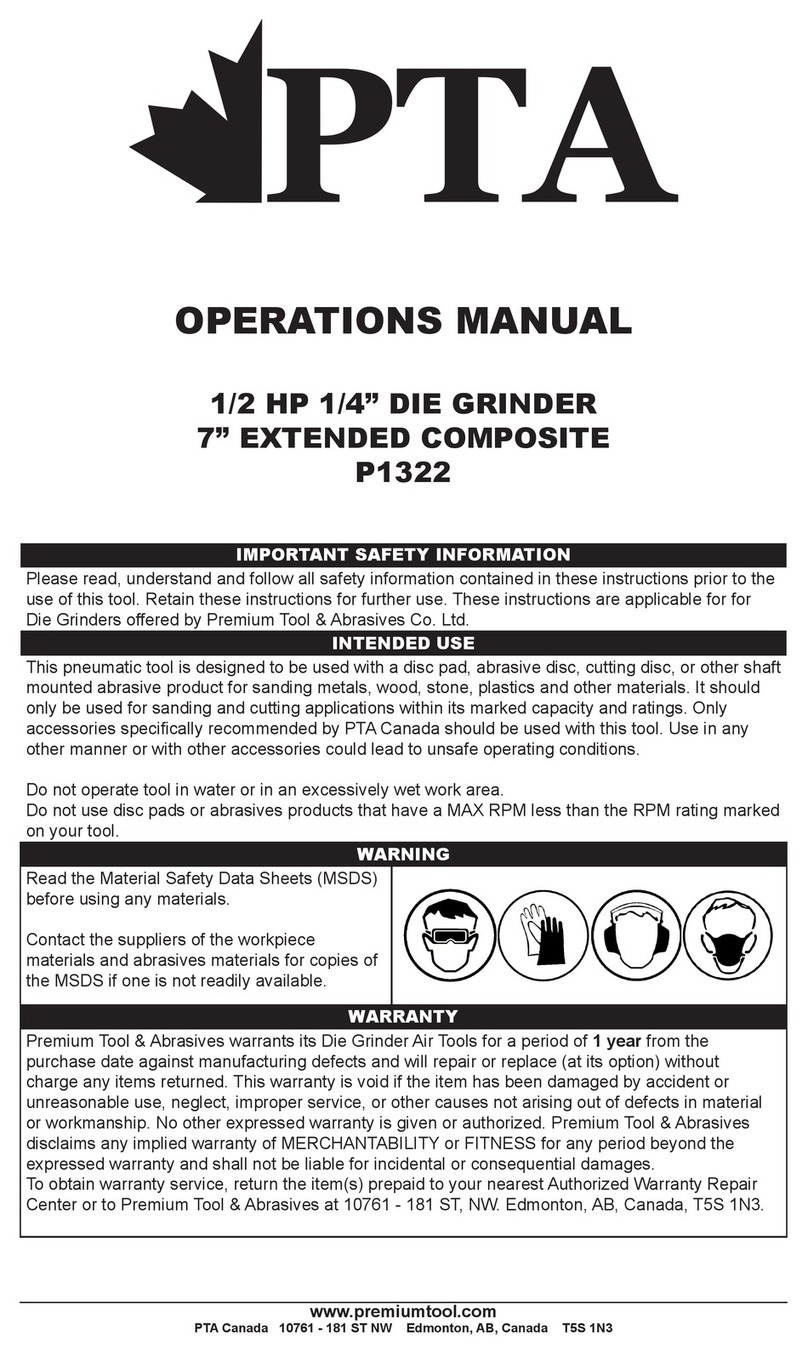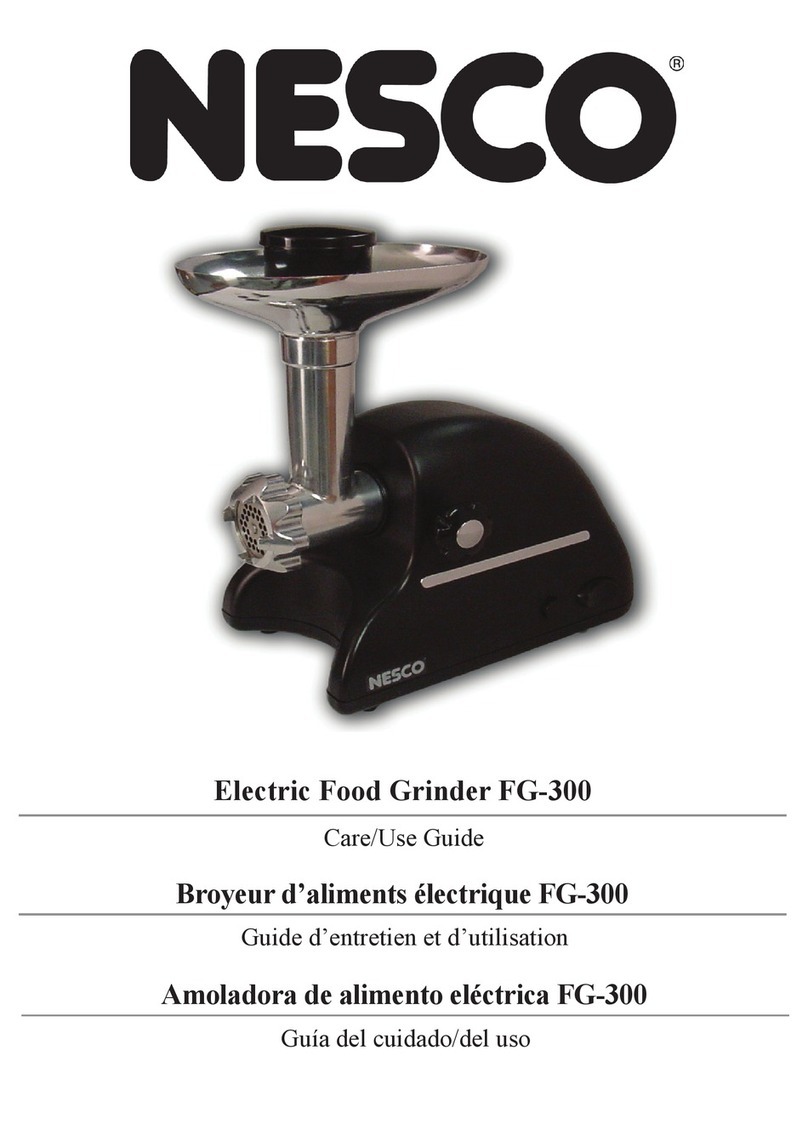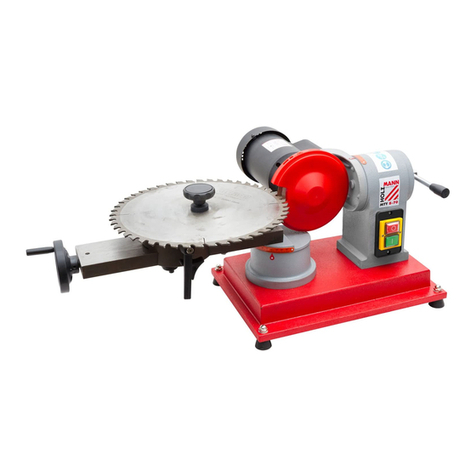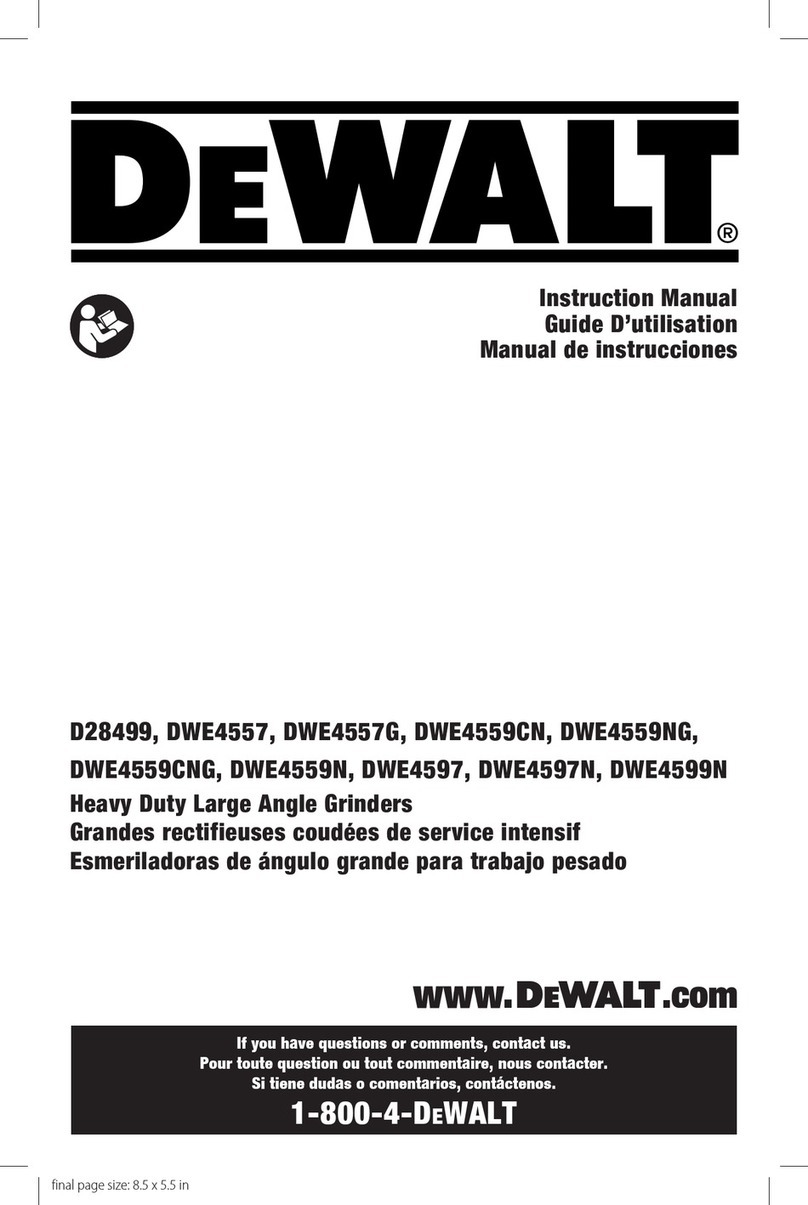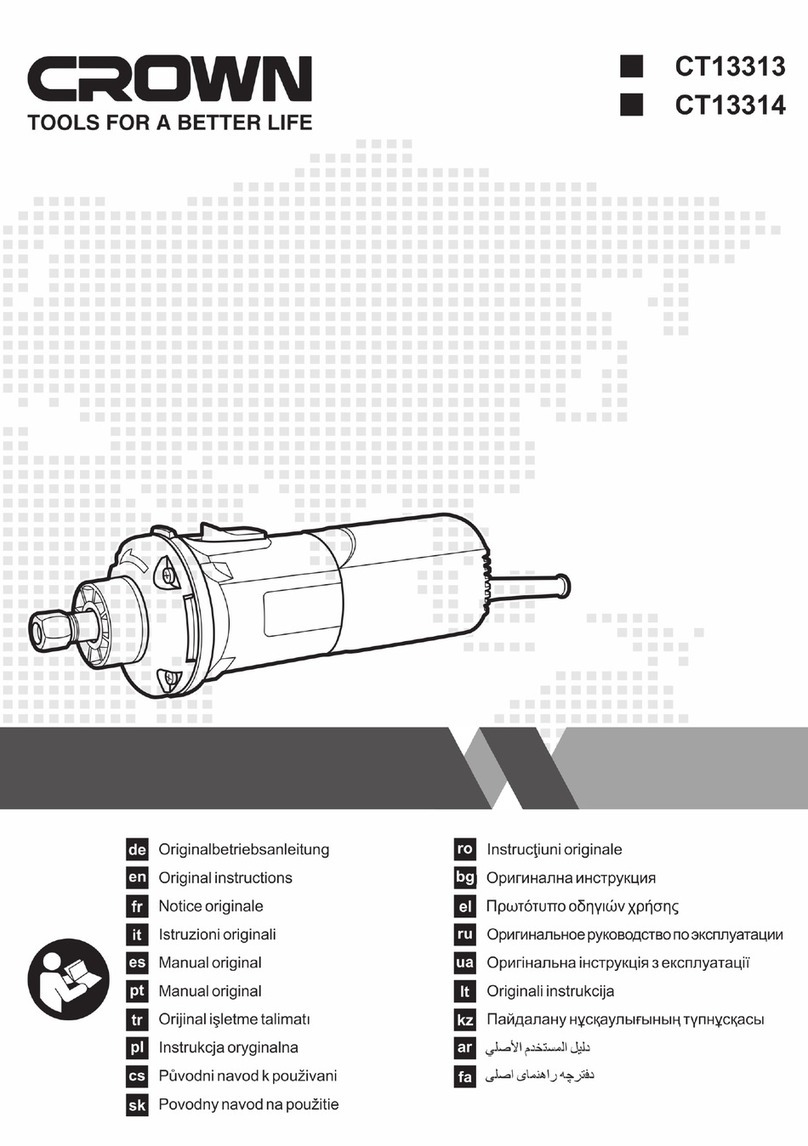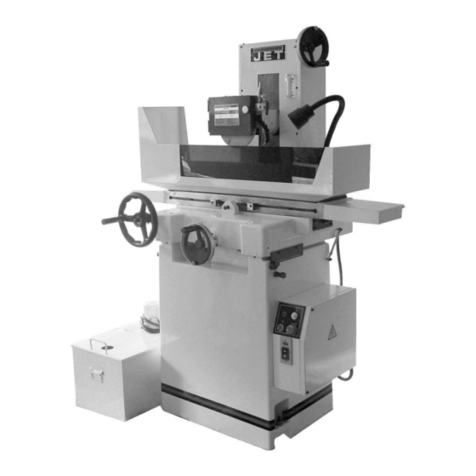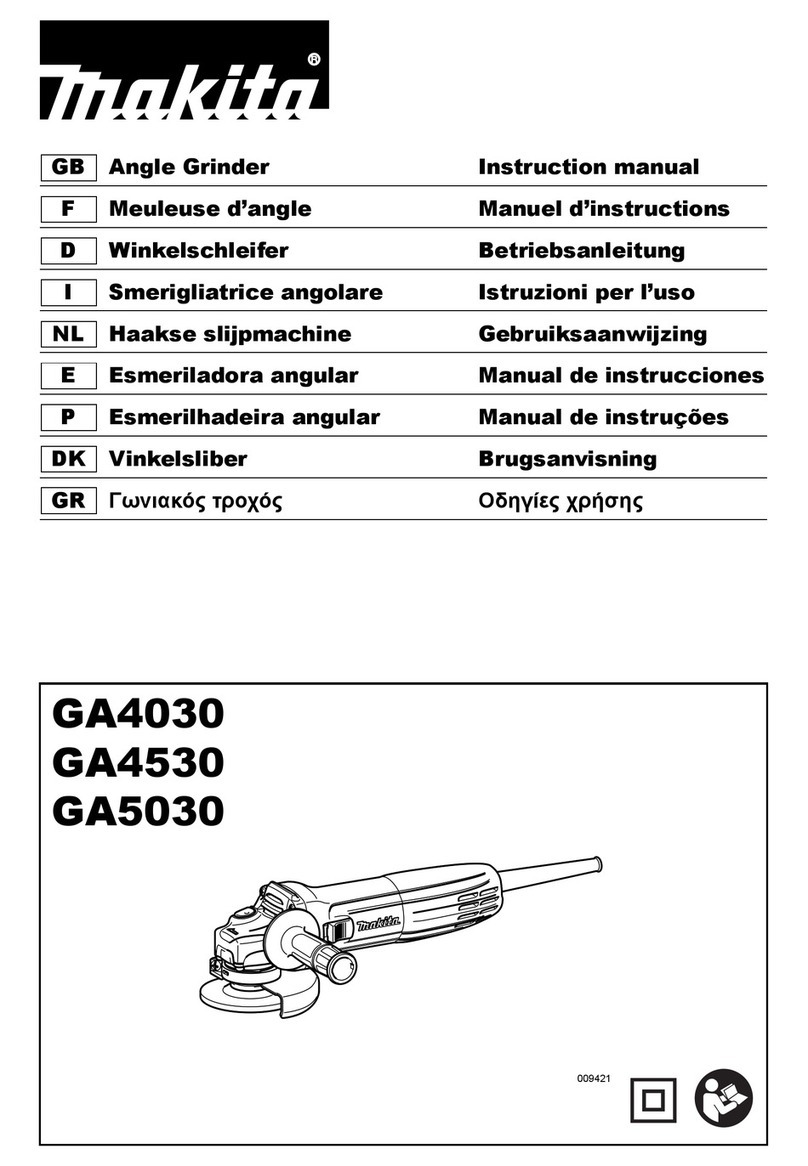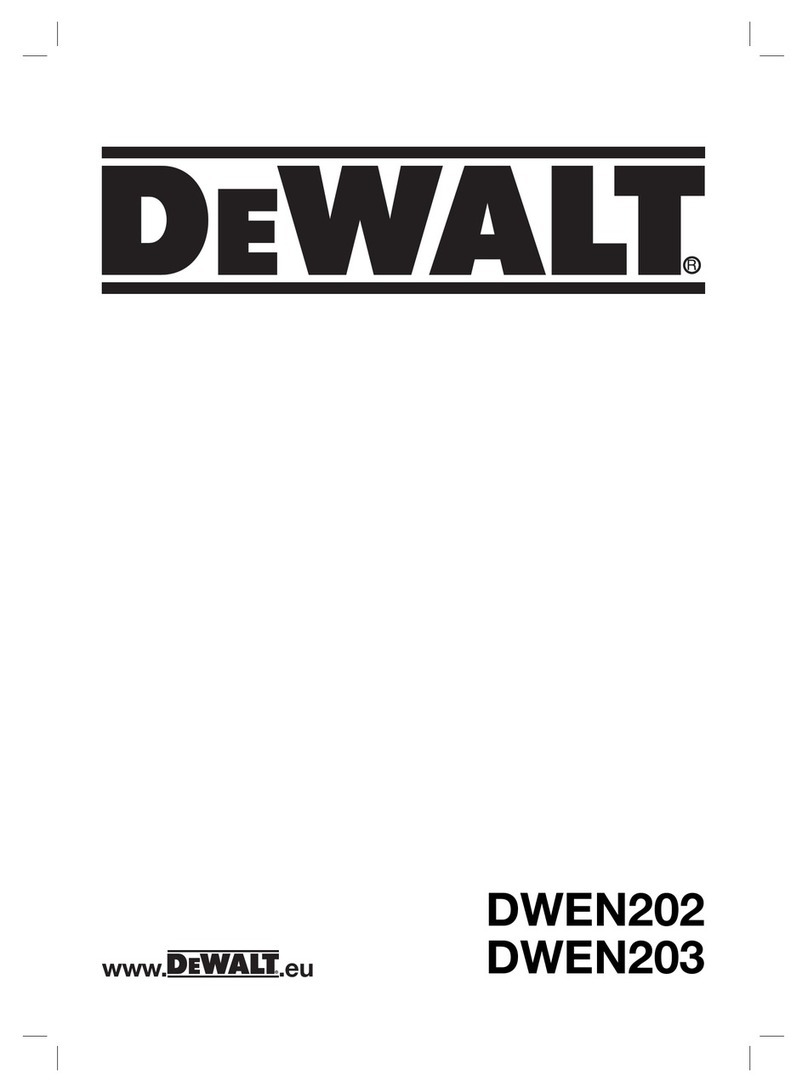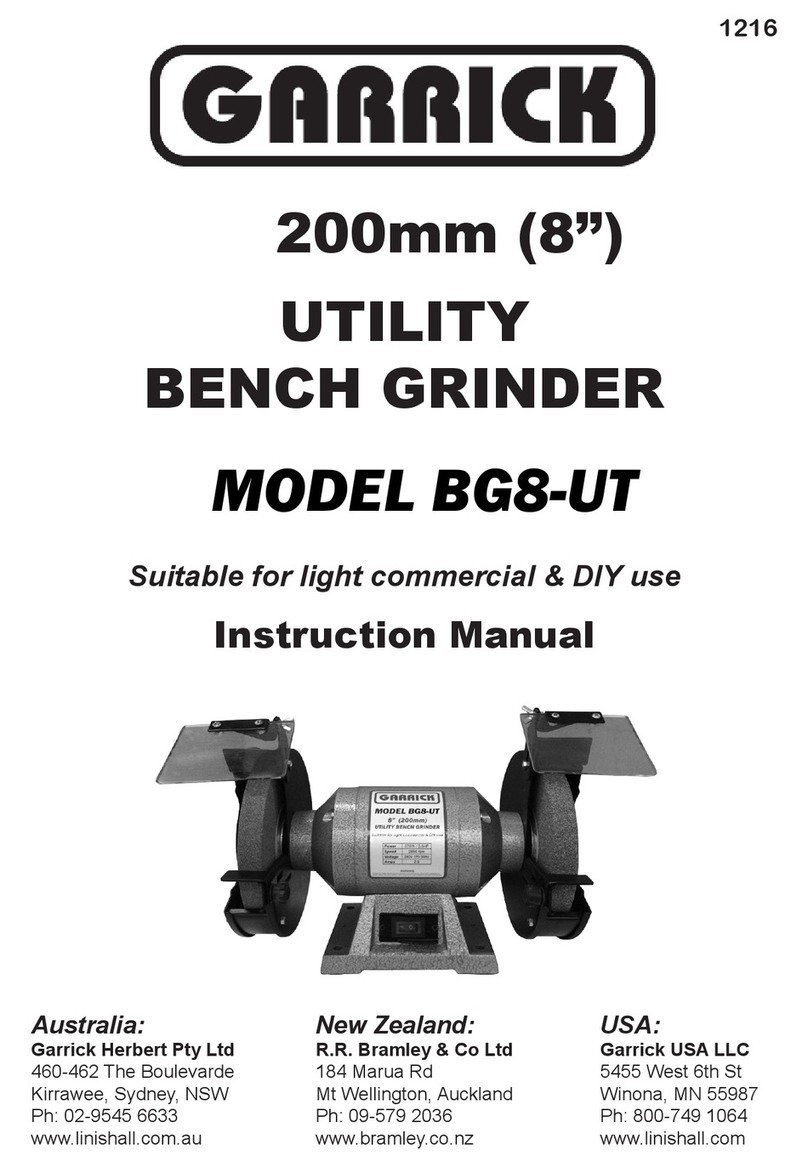
6
WORKSHOP GRINDER/LINISHER
ADDITIONAL SAFETY WARNINGS
WARNING! To avoid mistakes that could cause serious permanent injury, do not
plug the Grinder/Linisher in until the following steps are completed:
1. Young children and the infirm. This appliance is not intended for use by young children or
infirm persons
without supervision.
2. This product is not intended for use by persons (including children) suering from
diminished physical, sensory or mental abilities; lack of experience, knowledge or skills
unless they are supervised by a person responsible for their safety.
3. Children should never be left alone with this product.
4. Never stand on the tool. Serious injury could occur if the tool tips.
5. Make sure all clamps and locks are tight and no parts have excessive play.
6. Never use the bench Grinder/Linisher near flammable liquids, vapours or gases.
7. Make sure there are no nails or foreign objects in the part of the workpiece to be sanded.
8. When sanding irregularly shaped workpieces, plan your workpiece support so it will not
slip and be pulled from your hands.
9. Use extra caution with large, very small or awkward workpieces.
10. Never use this tool to finish pieces too small to hold by hand.
11. Sand only one workpiece at a time.
12. Clear everything except the workpiece and related support devices o the table before turning the
Grinder/Linisher ON.
13. Always remove the plug from the mains socket before making any adjustments or maintenance,
including changing the Grinding Wheel (9) or Linishing/Sanding Belt (1).
14. Always turn the Grinder/Linisher OFF when it is not in use and never leave it unattended without
first switching OFF and removing the power plug. Never leave the Grinder/Linisher until the
Grinding Wheel (9) and Linishing/Sanding Belt (1) have come to a complete stop.
15. Use only a Grinding Wheel which is marked with details of the manufacturer, or have the same
dimensions and the permissible rated RPM.
16. Do not use the Grinder/Linisher unless all the guards are properly fitted and secure.
17. Grinding Wheel (9) must be stored in a dry place, ideally at a constant temperature.
18. Use only the clamping flanges supplied with the equipment to mount the Grinding
Wheel (9).
19. Adjust the Grinding Wheel Tool Rest (8) periodically in order to compensate the wear
of the wheel. Please note that the distance between the Grinding Wheel Tool Rest (8) and the
Grinding Wheel (9) is to be kept as small as possible and should in no case exceed 2mm.
20.The Grinding Wheel (9) must be replaced at the latest when the Grinding Wheel Tool Rest
(8) can no longer be set a maximum distance of 2mm.
21. The machine may exceed 85 db (A) at the workplace. The operator will require noise protection
measures and ear mus (not supplied) if this is the case. Even if you use t
his electric power tool in accordance with instructions, certain residual risks cannot be ruled out.
The following hazards may arise in connection with the equipment’s construction and layout
